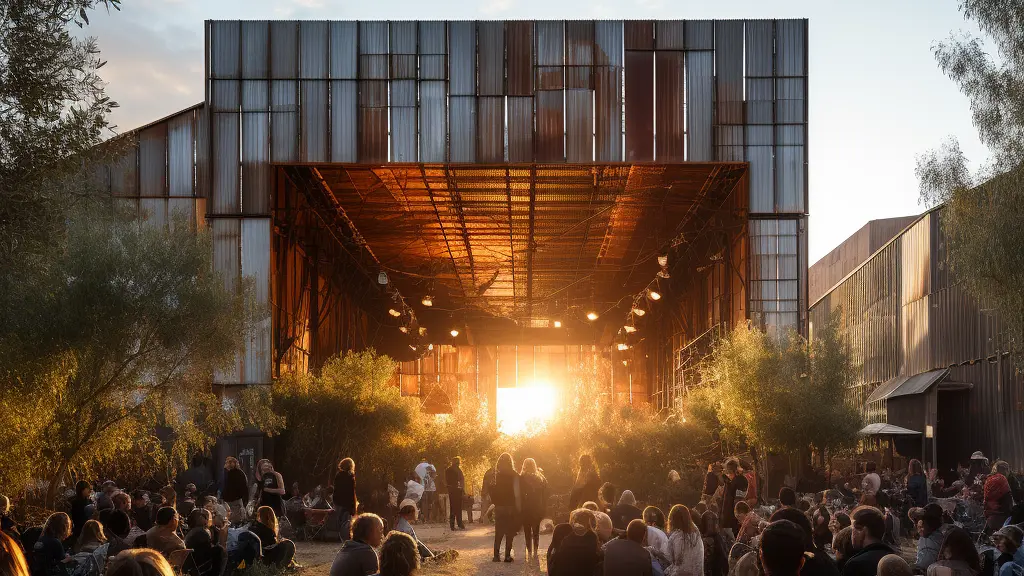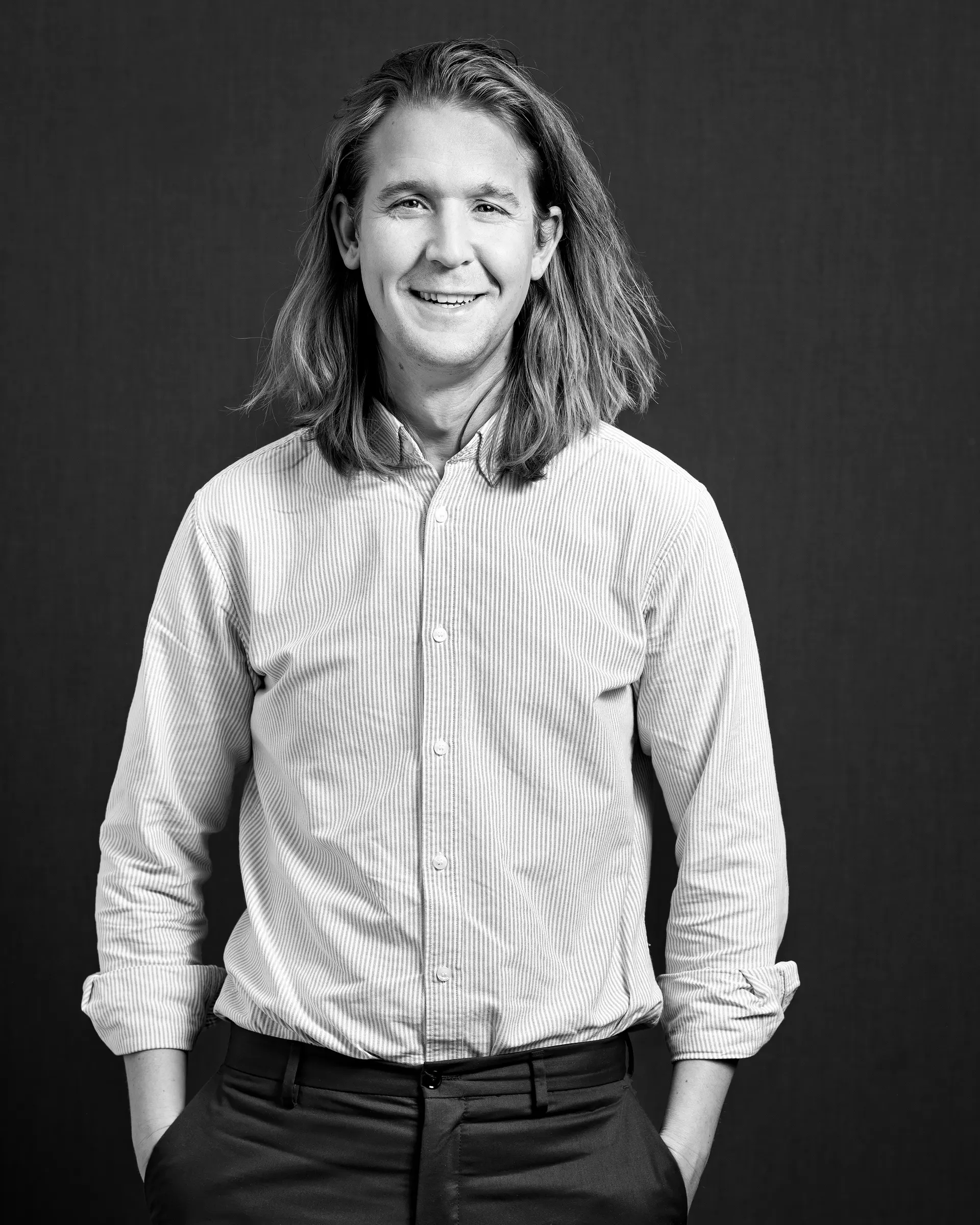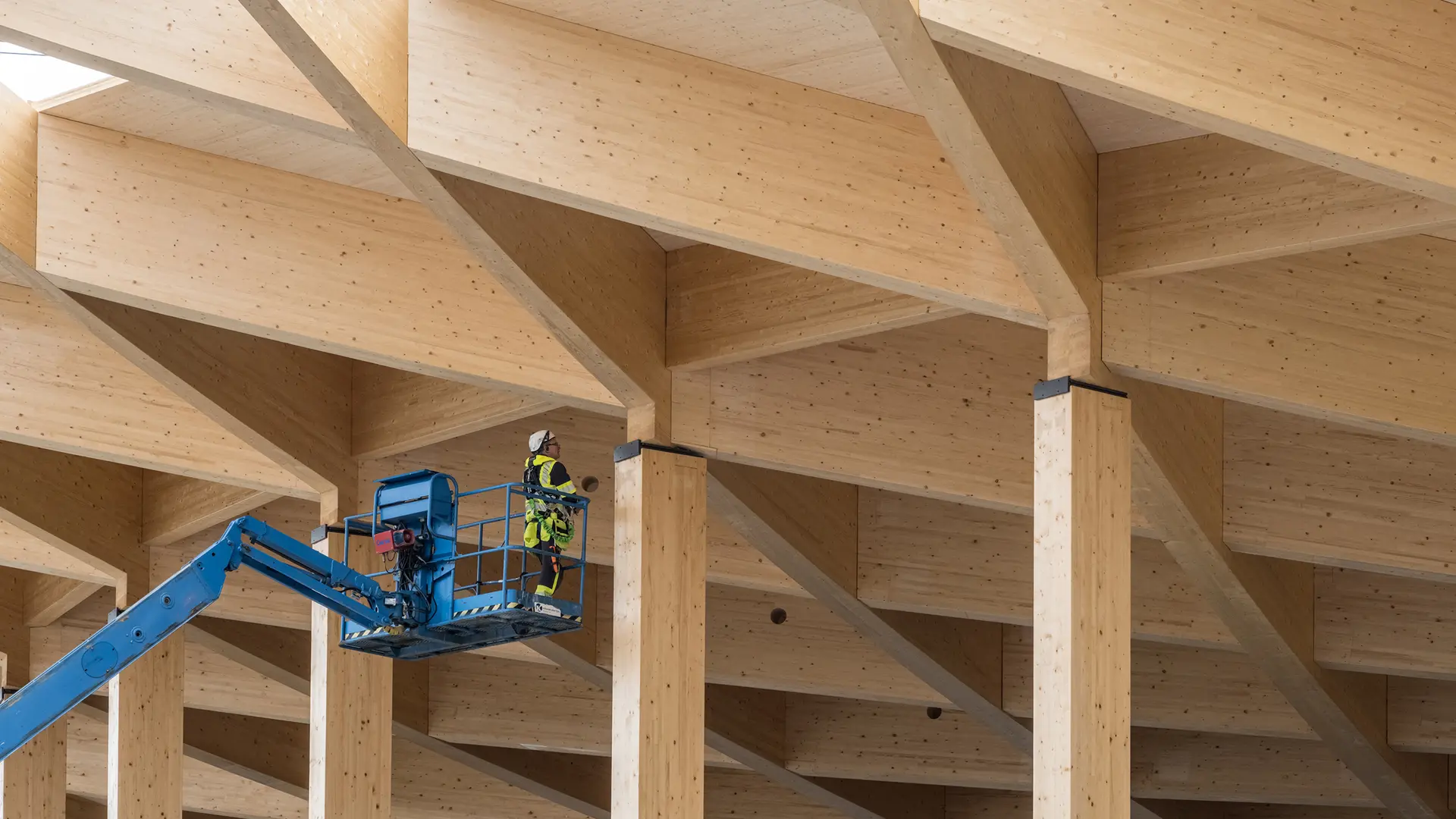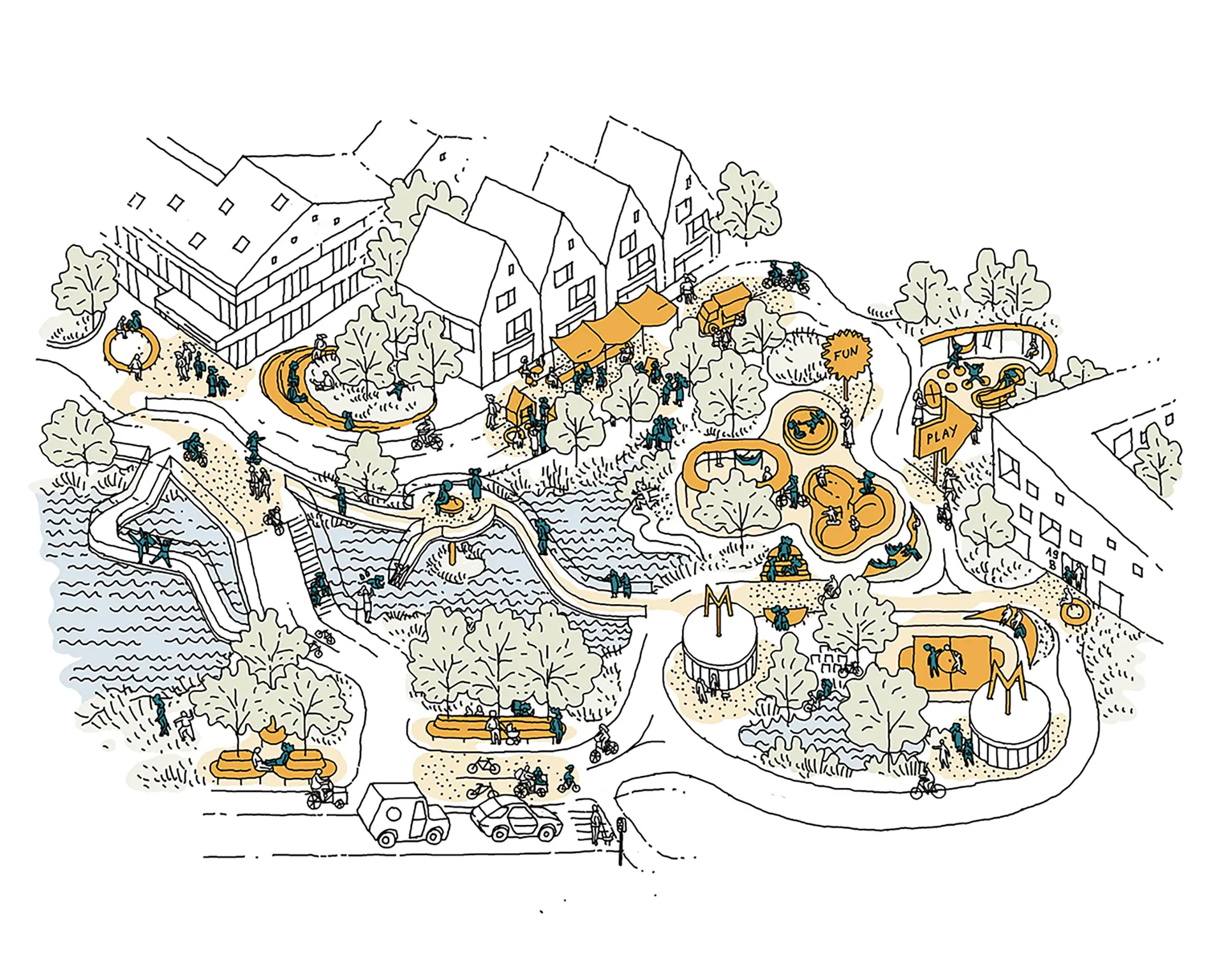Rethinking our relationship with AI

Artificial intelligence (AI) is a rapidly evolving technology already influencing the way we design and plan on an urban scale. We sat down with industrial PhD fellow Nitsan Bartov to unpack common misconceptions around the use of AI in the design process.
In a world that strides towards greater efficiency, AI is present in the ways we learn, work, and design. Rather than fearing AI as a force that dominates our industry and sends us round a perpetual cycle of production – we can reframe the conversation. In what ways can we leverage AI to drive potential impact? How can we position ourselves alongside this technology, using it as a tool to continually support our innately human skills and abilities? To open this discussion, we sat down with industrial PhD candidate Nitsan Bartov to explore the implications of AI in architecture.
“Our profession has high expectations for production, requiring us to balance the ideal with the achievable, and AI introduces an additional layer of complexity to this challenge.”
Nitsan Bartov
Architect, Industrial PhD Candidate


Why should we turn our attention towards AI?
“AI is an exciting, emerging field that we're actively exploring. We’re just beginning to understand its potential in the design process, along with its limitations related to energy consumption, environmental impact, and its inherent biases. Designers have always been centered on improving the built environment, and AI presents a unique opportunity to introduce new possibilities that were once beyond reach; for example, advancing our existing approaches to sustainability through data analysis. By using models that analyze soil conditions, life cycle analyses, CO2 emissions, materials, and daylight, while incorporating historical and social insights, AI can help ‘prepare’ a vast amount of information for designers – helping us navigate key trends and patterns in a world of extensive data. By harnessing this technology, we can push the boundaries of the practice, much like the internet or the introduction of CAD software once did. However, this must be done thoughtfully and cautiously, to ensure we navigate responsibly.”
What are the risks of using AI, and what should we be mindful of?
"AI isn't an all-knowing entity; it’s built on data that can be inherently biased, much like the internet. While AI can provide insights and suggest solutions, the responsibility to consider all people and perspectives — especially those historically overlooked or discriminated against — rests with us. AI will simply amplify the priorities and biases we input. This is why the same prompt can yield different answers, highlighting the need to approach AI with caution. It’s a powerful tool, but not a one-click solution with all the correct answers.
Secondly, it is important to consider the environmental impact. AI promotes a form of mindless interaction, with its inner workings hidden and its impact unseen. The consequences of its use are, in many ways, invisible, or happening beyond our immediate awareness. But behind the interface lies an energy-intensive technology, and its consumption is difficult to measure – with no definitive data to bring us clarity. We may never fully grasp its environmental footprint, but it’s crucial to remain mindful of it.”
"Just because the implications of AI are not immediately visible doesn't mean they aren't real. Much like the careful questions we ask before every design decision or material selection, we must consistently evaluate whether AI is the most responsible choice for certain tasks.”
Nitsan Bartov
Architect, Industrial PhD Candidate
In what ways do you see AI impacting the profession?
“Broadly speaking, the impact will fall into two categories. On one hand, AI has the potential to handle tasks we already do – often faster, cheaper, and ultimately more efficiently. From labeling and measuring, to generating high-resolution renders and visualizing ideas instantly, the possibilities are vast. On the other hand, AI opens the door to tasks we were previously unable to achieve, expanding our capabilities and revealing new avenues for innovation. Tasks that once required specialized skills, such as coding, video editing, and sound engineering, can now be performed to a high standard by even those with little expertise, and often at a fraction of the cost and time. This shift expands our ability to design and represent our work, without relying on external consultants or services.
In all scenarios, it is up to designers to decide how they integrate AI into their workflow – mindful that increasing speed and productivity often comes at the expense of quality. After all, architects don’t come to work to create bad designs. And this is where the misconception arises: the conversation isn’t just about AI, but about compromise. Does the designer prioritize quality or efficiency?”
Will AI ever replace designers?
“Architecture is a profession that is forever building on itself. The shift from computer-aided programs to AI integration, is like the transition from hand sketching to digital drawing – it represents the natural evolution of the practice. However, embracing new technology doesn't mean we've completely abandoned the tools we once relied on. Take hand drawing, for example; we still value this process as a unique form of expression and an intuitive exploration that digital tools cannot fully replicate. Quick sketches require a type of awareness, or skillset, that cannot be replicated by the clicking and scrolling on computers. These skills don’t fade away as technology advances; instead, we've retained their relevance in the creative process.
That being said, it is important to reflect on the unique value that humans bring to certain tasks within the design process, that AI cannot replicate. By adapting and focusing on delivering value, there is no risk of replacement. As AI excels in technical skills and regulatory knowledge, human value shifts toward strengths such as creating quality solutions, generating inspiring ideas, crafting compelling narratives, and designing spaces that can actually enhance people's lives. By honing these areas and learning to collaborate with AI, its value can be leveraged effectively – and I think we will be fine."


Where should we use AI, and where not?
“Besides using AI to automate and accelerate some of our daily tasks, a key potential use of AI lies in the realm of urban data analysis. In today's design world, intuition alone is no longer enough. Other sectors are embracing data-driven decision-making, and this trend is now extending to our industry as well, with a growing focus on 'data-driven design.' However, for many, data may feel like an unfamiliar building material. While some data, like maps and images, are easily understood, other formats can be complex and difficult to derive insights from. AI can process diverse data formats and structures, transforming previously inaccessible information into actionable insights for non-data scientists.
On the other hand, while AI can handle many technical tasks more efficiently, the creative process isn't always about efficiency. Sometimes it's in those 'tedious' moments of drawing details or working through problems manually that unexpected ideas emerge, and deeper project understanding develops. It’s about maintaining those crucial moments of creative discovery that often happen in the less glamorous parts of the design process.”
What is a common misconception when it comes to using AI in the design process?
“The mind quickly drifts to assume that when it comes to AI, the architect simply writes a prompt, and in return, directly receives the final design. While this exchange is technically possible, relying entirely on AI to dictate the narrative or outcome of a design process is uncommon. And if it does occur, it likely results in architecture of lesser quality. In this case, the fault lies not with the AI, but with the designer who entrusted their work to technology.”
“We’re addressing a rapidly changing topic in an ever-evolving industry – what holds relevance today may be irrelevant in a matter of weeks, or months.”
Nitsan Bartov
Architect, Industrial PhD Candidate

Nitsan Bartov
Architect, Industrial PhD Candidate

Director, Innovation and Sustainability, Partner



